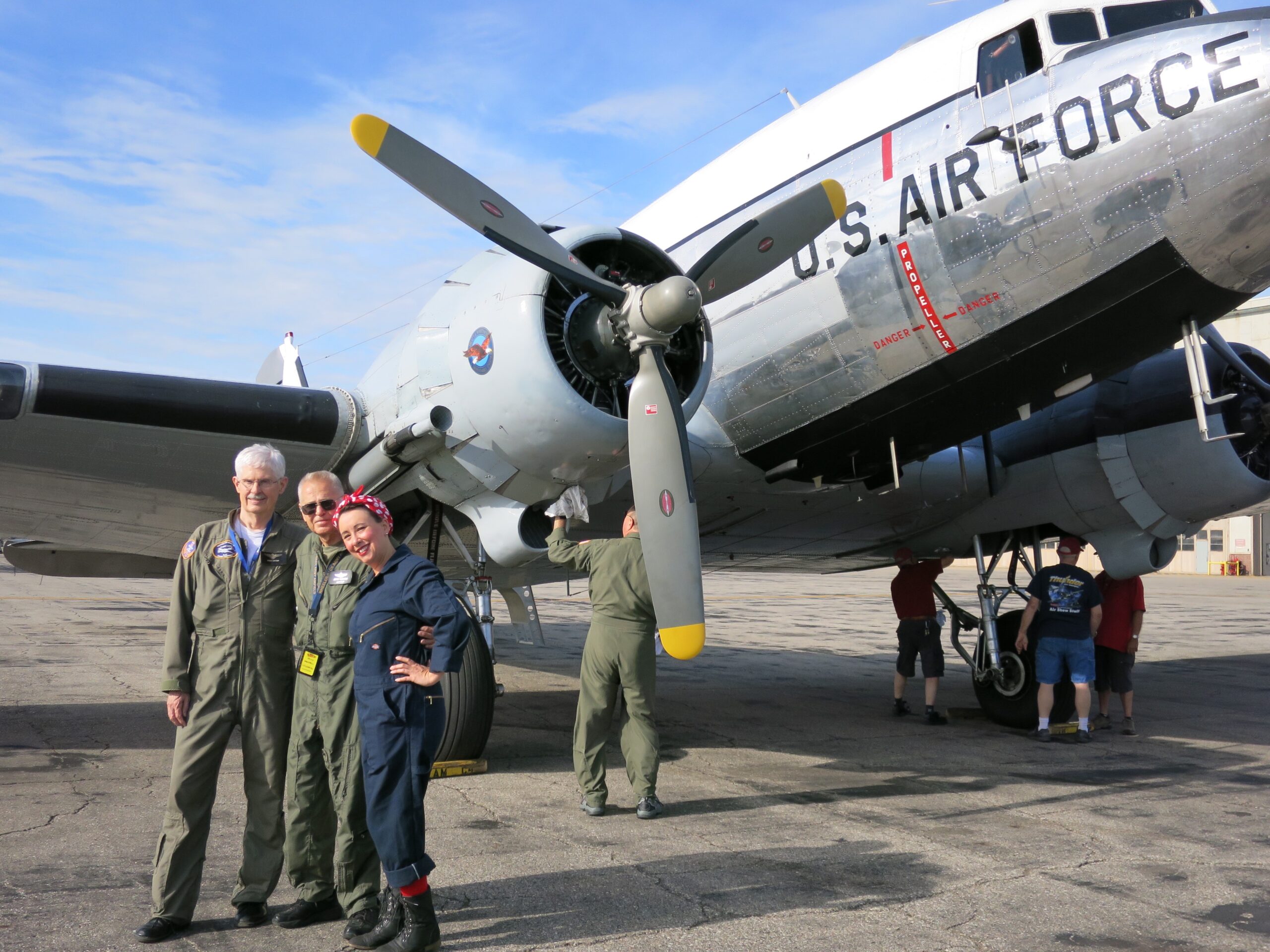How Rosie the Riveter and Detroit Saved the World
The year was 1942, and the outcome of World War II was hanging in the balance. The war was fully underway, with no clear idea of what would happen. The United States had joined England in declaring war the year before, and the Allies were dug in the trenches of Europe, Africa and Asia.
Enter the Ford Motor Company from Detroit. After a couple of decades of tremendous success in pioneering the automobile industry, the company had redefined production with its moving assembly belt, and had turned out more than ten million cars. Even though Henry Ford was a known pacifist and had opposed the US entry into the war, he agreed to build airplanes for the cause.
 Just west of Detroit near Ann Arbor, Ford built the giant Willow Run bomber plant, where he and his son Edsel brought the company’s auto engineering capabilities to aviation. The factory was three-and-a-half million square feet — the largest factory under one roof in the world — and the assembly line was over a mile long. Willow Run began producing B-24 Liberator bomber planes, making one every 55 minutes. By the time the Allies declared victory on May 8, 1945 more than 86,000 airplanes had rolled off the assembly line.
Just west of Detroit near Ann Arbor, Ford built the giant Willow Run bomber plant, where he and his son Edsel brought the company’s auto engineering capabilities to aviation. The factory was three-and-a-half million square feet — the largest factory under one roof in the world — and the assembly line was over a mile long. Willow Run began producing B-24 Liberator bomber planes, making one every 55 minutes. By the time the Allies declared victory on May 8, 1945 more than 86,000 airplanes had rolled off the assembly line.
Ford also built thousands of airplane engines, military gliders, tanks, armored cars and more for the war effort; and he had a plant in Britian that turned out more than 30,000 engines.

Most historians today believe that the introduction of the Ford assembly line model of carmaking to the bomber planes and other craft was instrumental in winning the war for the Allies. In fact, there are those who believe that without this effort, the war would have been lost.
The Willow Run bomber plant is also historically significant for another reason: this was the workplace of Rosie the Riveter, one of the most ubiquitous icons of the war. Rosie heralded women’s entry to the workforce en masse, and her image today is still widely used to represent women’s rights and female power.

The original Rosie was Rose Will Monroe, who moved from Kentucky to Michigan to work as a riveter at Willow Run. Due to the loss of men to the war effort, women by the thousands were recruited to do the jobs formerly done by the men — and the women performed admirably. Monroe was asked to star in a promotional film about the war effort at home, and the legend of “Rosie the Riveter” was born.
The films and posters she appeared in were used to encourage women to go to work in support of the war effort, and contributed greatly to women entering the workforce and their social movement for equal rights in general from that point on. In fact, the Ford Motor Company gave the women equal pay that the men had earned, and did the same with minority workers.

So what became of the Willow Run plant, such a pivotal chapter in American history? After the war it later became a General Motors plant; but by the time that company declared bankruptcy in 2009, Willow Run had dwindled to almost nothing. Today, a hangar space that constitutes one portion of the plant is still there — and is being revived as a museum.
The Yankee Air Museum and a “Save the Willow Run Bomber Plant Campaign” were effective in raising enough money to use the remaining space as a new home for the museum, which is now affiliated with the Smithsonian Institute. The new Yankee Air Museum, set to open in 2019, will offer many more exhibits including engaging hands-on experiences. There will be a huge focus on a new generation of science and technology, as well as the celebration of past history.

Until then visitors can still go to the existing museum, where they can explore artifacts from WWII as well as other combats. The exhibits take guests through a compelling narrative that triggered sweeping changes in our society, and marks a time when Americans from all walks of life united to do whatever they could to help win the war. A large Rosie the Riveter exhibit is there, along with special dedications to other women who served in the war effort and the African-American Tuskegee Airmen. From Victory Gardens to War Bonds, to movie stars like Hedy Lamarr serving coffee to soldiers on leave at the Hollywood Canteen, everybody did their part.
There are a number of restored aircraft from as early as WWI, and you can even take a ride in an original WWII-era plane!
[youtube=https://youtu.be/YvBUsFwJJ4A]
And what ever happened to Rose Will Monroe? At the age of 50, she realized her own dream of flying when she obtained a pilot’s license. Monroe lived a full and adventurous life until her death in 1997.
Visitor Information:
Discover more from Tango Diva
Subscribe to get the latest posts sent to your email.




